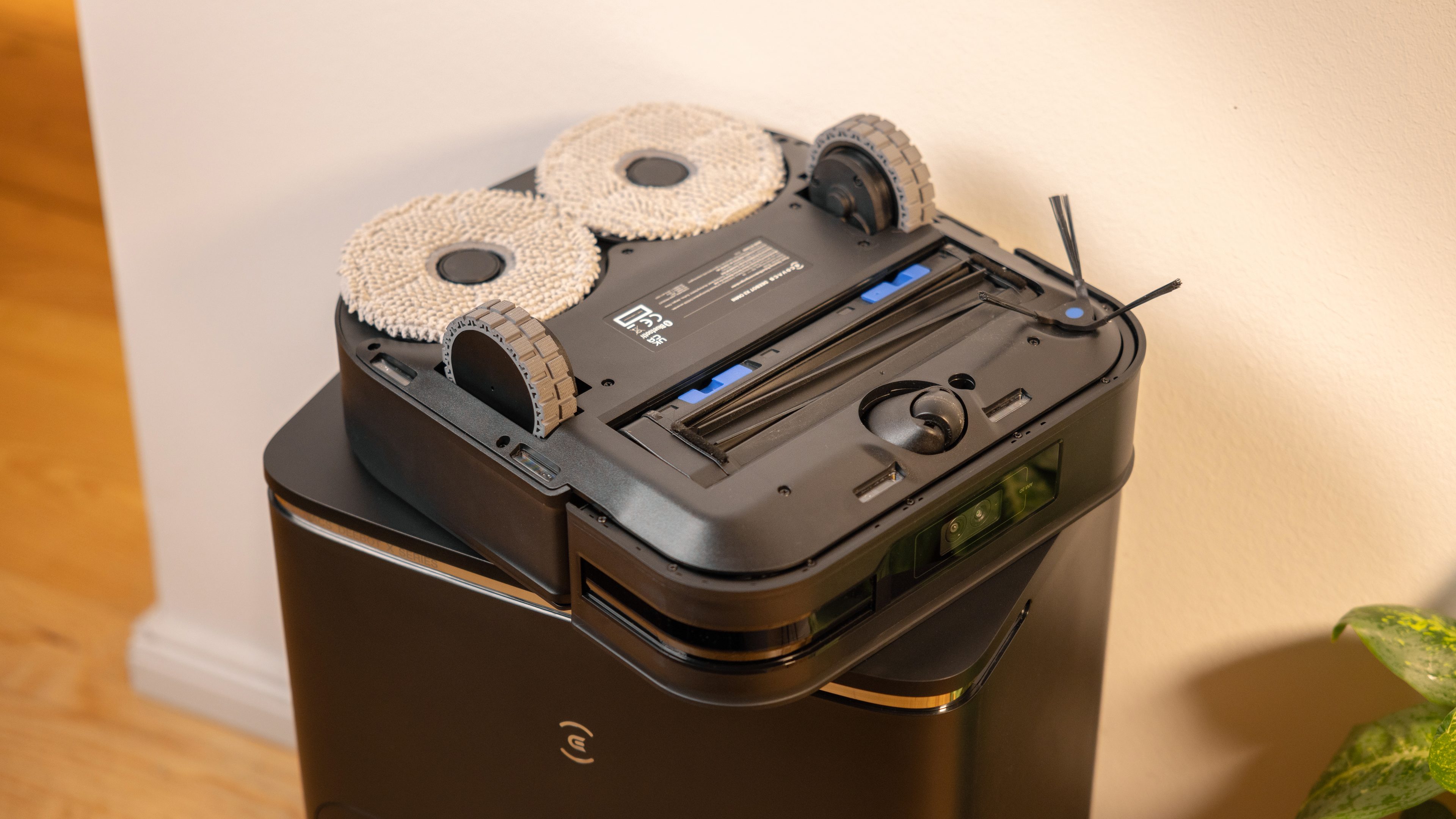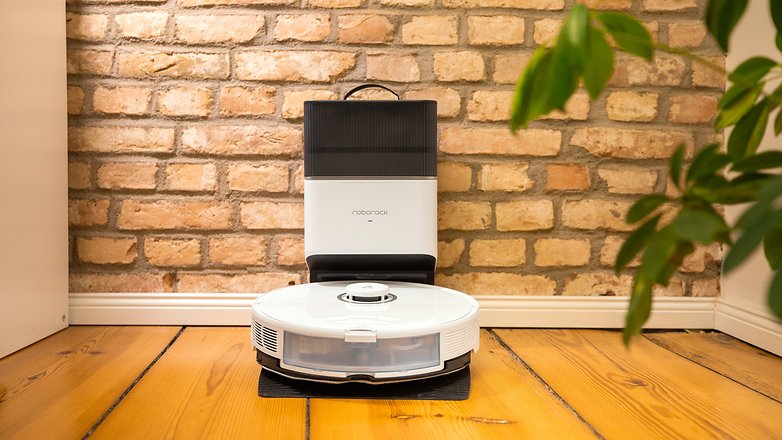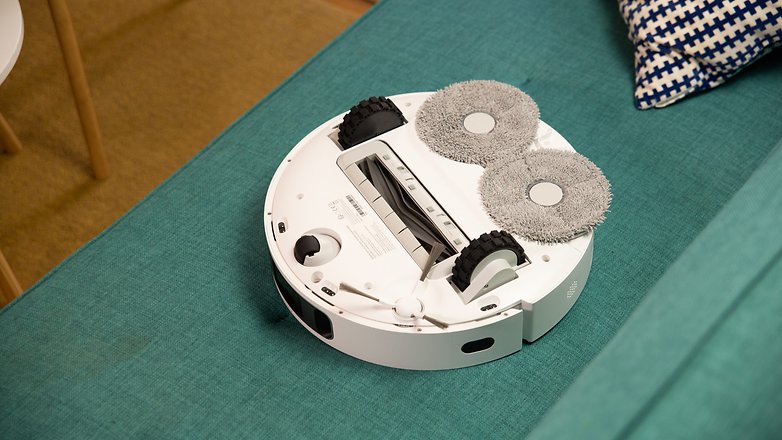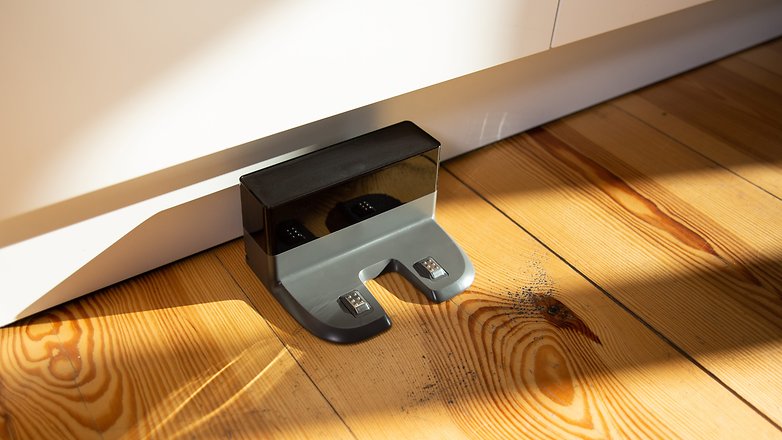
Robotic vacuum cleaners should clean your floors and carpets with little to no supervision. Despite all its intelligence, it is not possible without any human intervention for the robotic vacuum cleaners to work smoothly. In this guide, you will learn how to properly maintain your robotic vacuum cleaner with mopping function to avoid damage or costly repairs in the future.
Each robotic vacuum cleaner with mopping function consists of several mechanical components. Just like your car or bicycle, they must be regularly maintained. Follow these steps regularly to extend the life of your robotic vacuum cleaner.
Regularly remove hair and dirt
How can you make a robotic vacuum cleaner work as effectively as possible? A simple check of the roller and sweeping brushes will provide a more efficient cleaning performance. Tangled pet fur or human hair on the rollers and wheels will strain the appliance while it traverses your home and reduces its suction power. On some models, such as the Roborock S8 MaxV Ultra (review), you will find a special brush to remove hair from the roller brush.
If your robotic vacuum ccleaner does not come with an anti-tangle comb or brush, you should regularly remove such trapped hair and debris by simply using a pair of scissors or another tool, ideally provided by the brand itself. It’s not required to do so after each cleaning routine. Once every two to four weeks will suffice, depending on how much hair and fur is left behind by your household.
Dispose of dust bags or empty the bin
If you own a robotic vacuum cleaner, you must dispose of the dirt and debris that has accumulated in the dust bag after a complete cleaning. If your robotic vacuum cleaner sports a self-emptying feature, you only need to carry out this procedure every few weeks. In any case, a full bin reduces the suction power of the robotic vacuum cleaner as airflow is reduced. If you want to deal with this task as little as possible, it’s better to buy a model with a self-emptying station such as the Roborock S8+ (review).

Cleaning the washboard of the docking station
Manufacturers have recently started offering the function to clean the docking station’s washboard in the app. With the Dreame X40 Ultra, the process only takes a few minutes and requires very little effort. The practical thing about this is how the required water is supplied from the fresh water tank and dirty water is collected in the dirty water tank. There are also detailed instructions in the app that guide you step by step through the entire process.
Wipe the sensors and cameras
Depending on the model, your robotic vacuum cleaner has a wide range of sensors or special cameras that enable it to recognize objects, avoid obstacles, and prevent it from falling down the stairs. If you clean them every month, you will ensure the robotic vacuum cleaner will always maintain its bearings.
First, you need to find out where the sensors are located. You will normally find them in front of the appliance. The clip sensors and the floor tracking module are located at the edges on the underside. Use a dry and smooth cloth when wiping these parts to avoid any unwanted scratches.

Replace the roller brushes, mops, and filters
Most apps by the manufacturer will inform you when it’s time to replace the robotic vacuum cleaner’s roller brush and filters. However, it is advisable to check the operating instructions or the Internet to find out when the individual components should ideally be replaced. If the rubber bristles are very worn out, they must be replaced immediately.
The best way to do this is to check with the relevant app. It is here you can find information on the remaining service life of the individual components. Dreame offers an enviable package of spare parts with the X40 Ultra (review).
Some filters and mops are washable, while most need to be disposed of every two months or once a quarter, as these are the dirtiest parts of a robotic vacuum cleaner — apart from the vacuum cleaner container, of course. It is also recommended to replace the front caster wheel after one or two years.
Battery maintenance: When you should charge your robotic vacuum cleaner?
It is the battery that drives your robotic vacuum cleaner at peak performance. It is important to look after it, as well as the charging contacts of the robotic vacuum cleaner and docking station. Dirty contacts can, for instance, slow down or even prevent the robotic vacuum cleaner from charging and thus impair the cleaning routine.

Here are some simple tips on extending the life of your robotic vacuum cleaner’s battery, especially for Li-ion (lithium-ion) batteries:
- Regularly wipe the metal contacts of the charging dock and robotic vacuum cleaner with a dry cloth (at least once a month).
- Position the charging dock in a cool and dry place and away from direct sunlight.
- Charge the robotic vacuum cleaner right after each cleaning session.
- Avoid fully charging to 100 percent or—even more importantly—draining the battery completely.
Although preventive maintenance tips are listed in every manual, you should know that the battery usually lasts several years before it needs to be replaced which also corresponds to the lifespan of your valuable robotic vacuum cleaner.
Do you have any other robotic vacuum cleaner tips you’d like to share with us? Let us know how you keep your little appliance in good shape. Our comments section is open to any suggestions.





